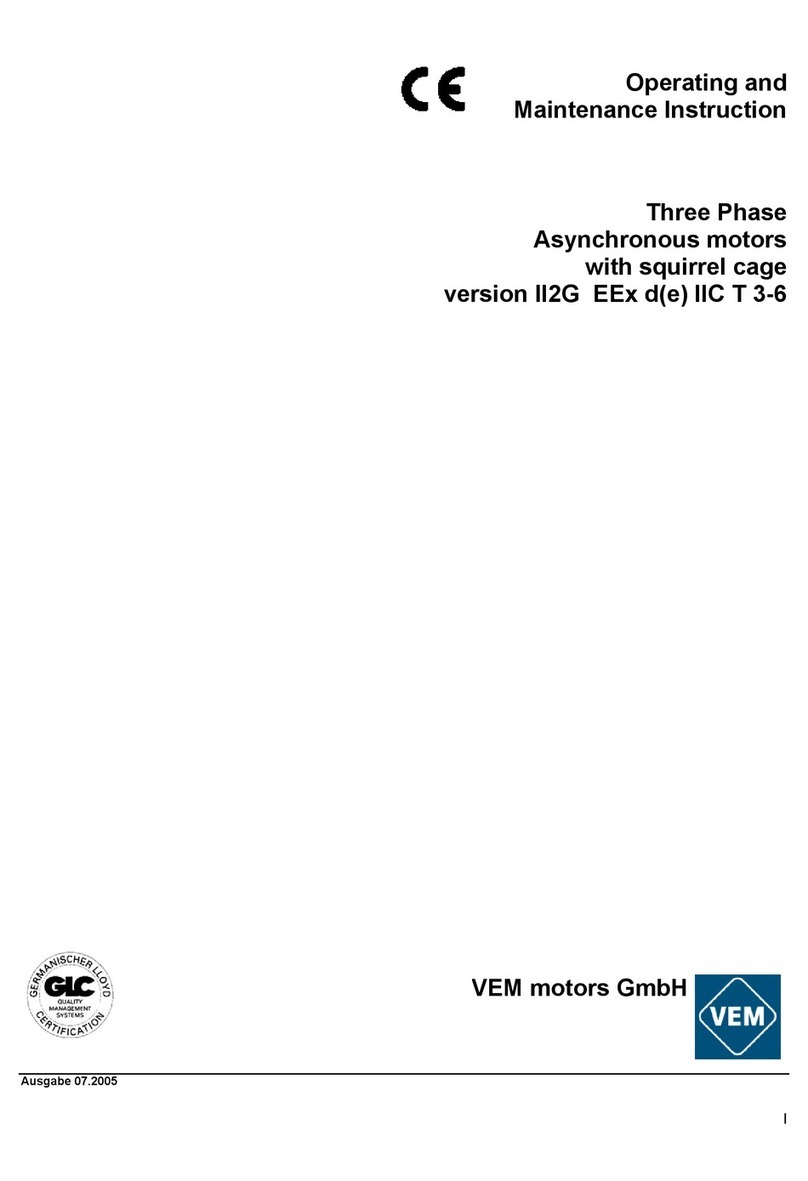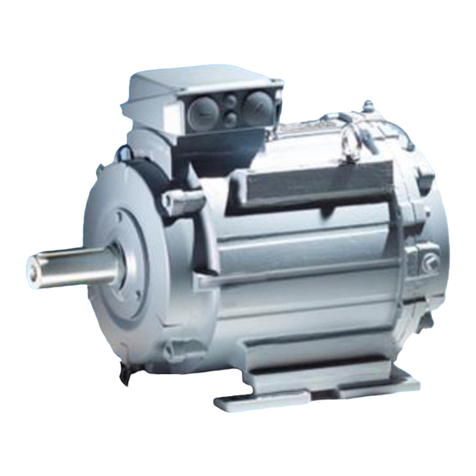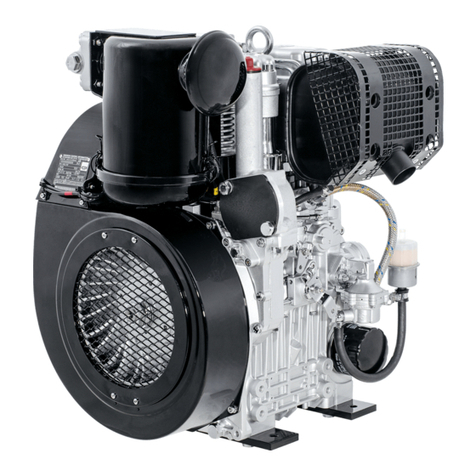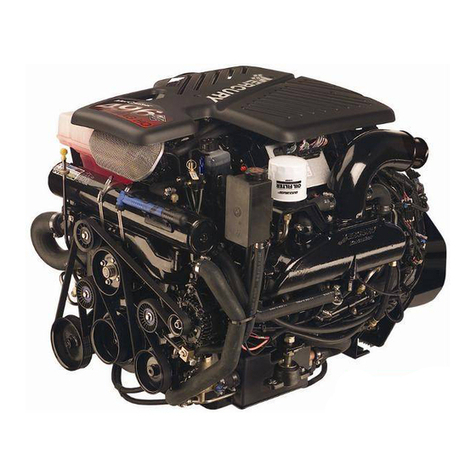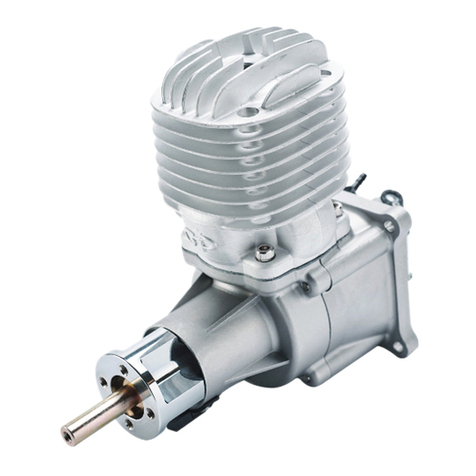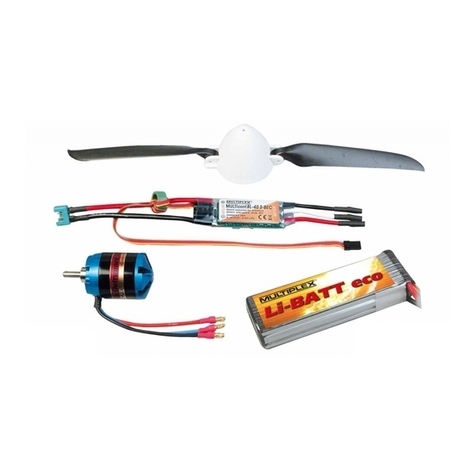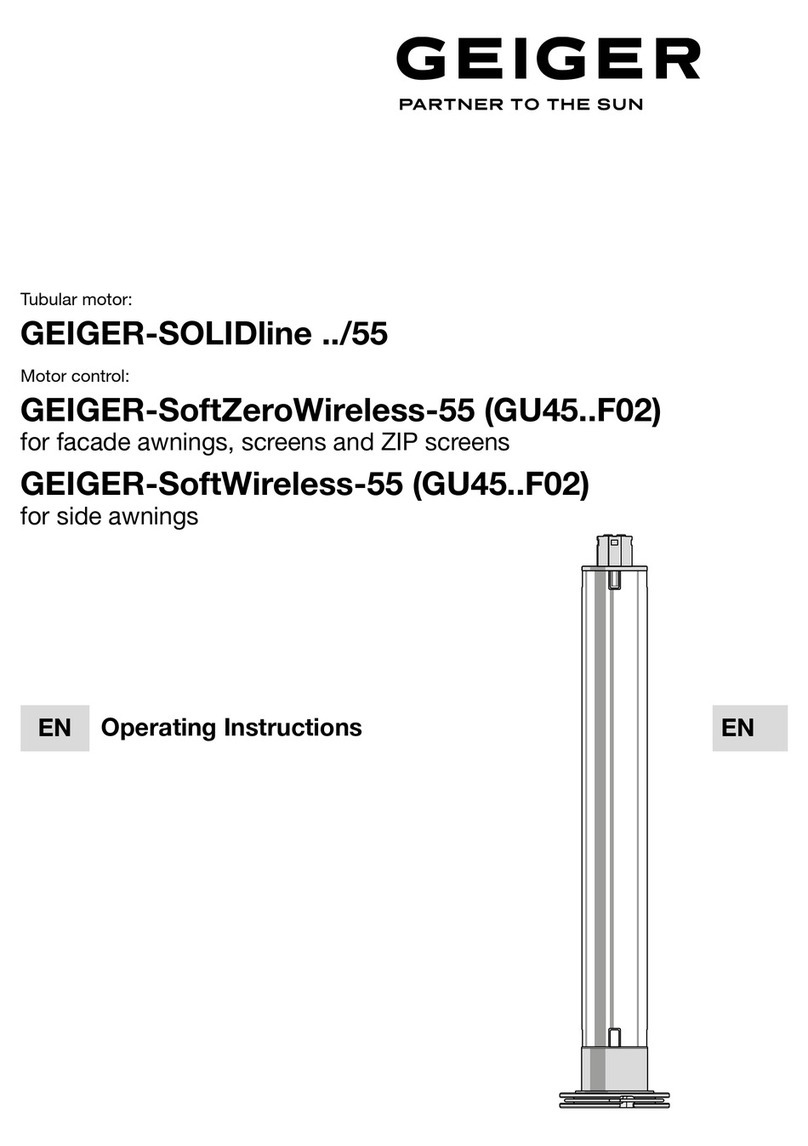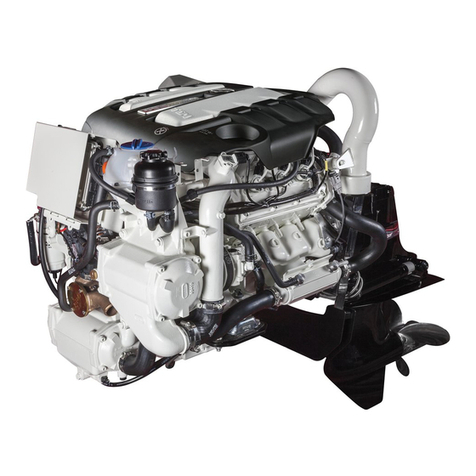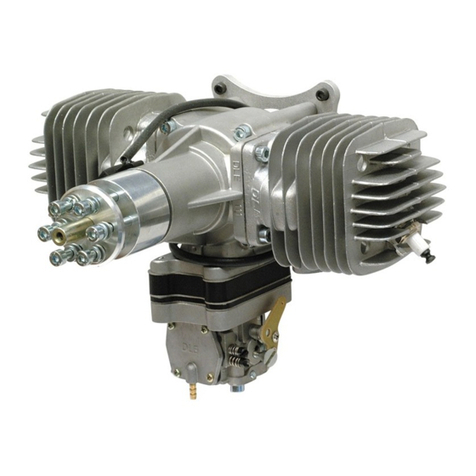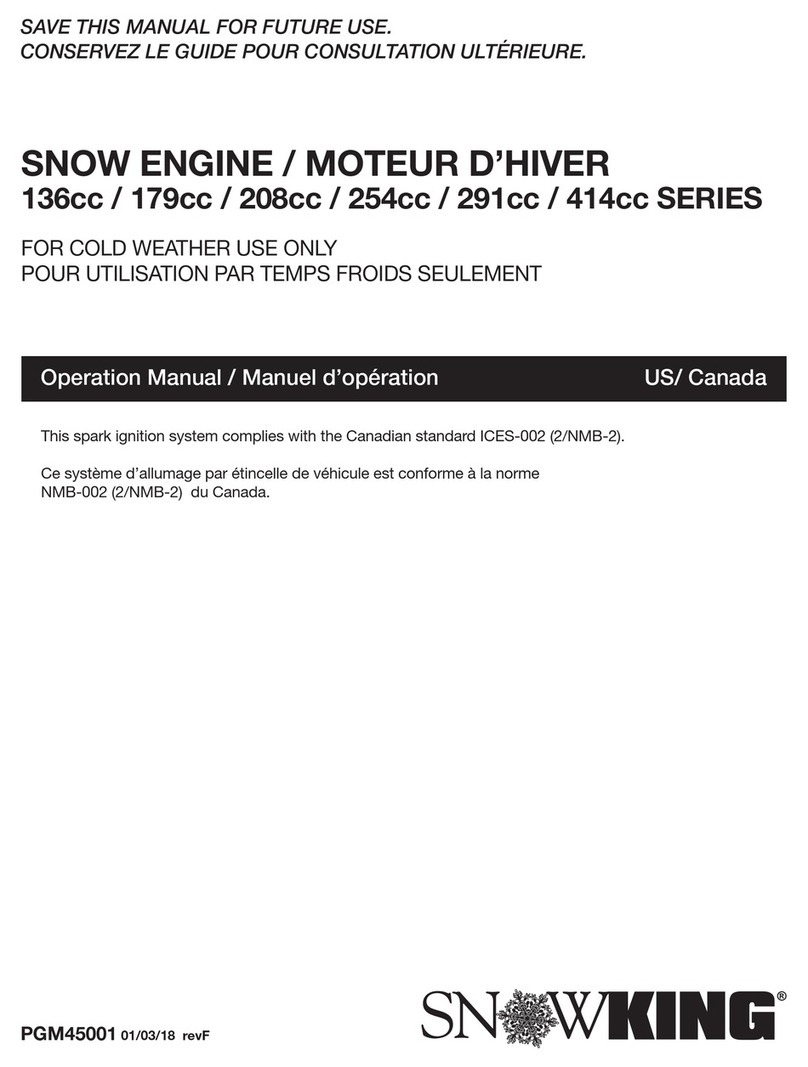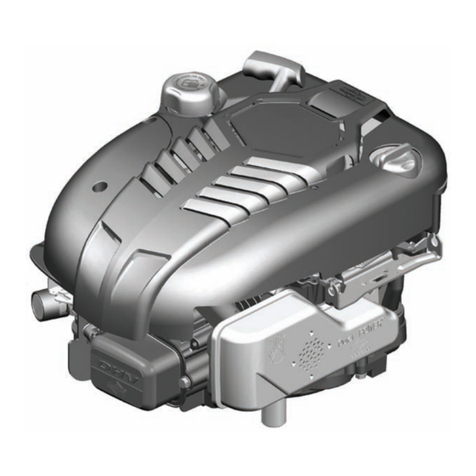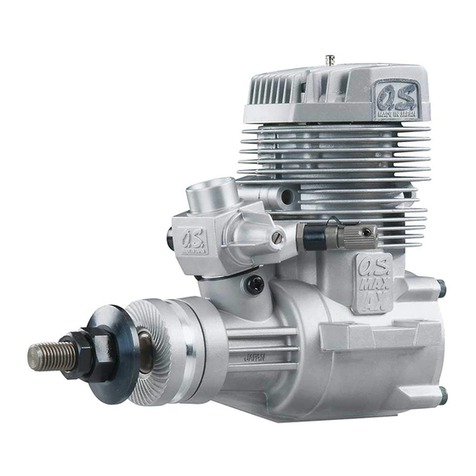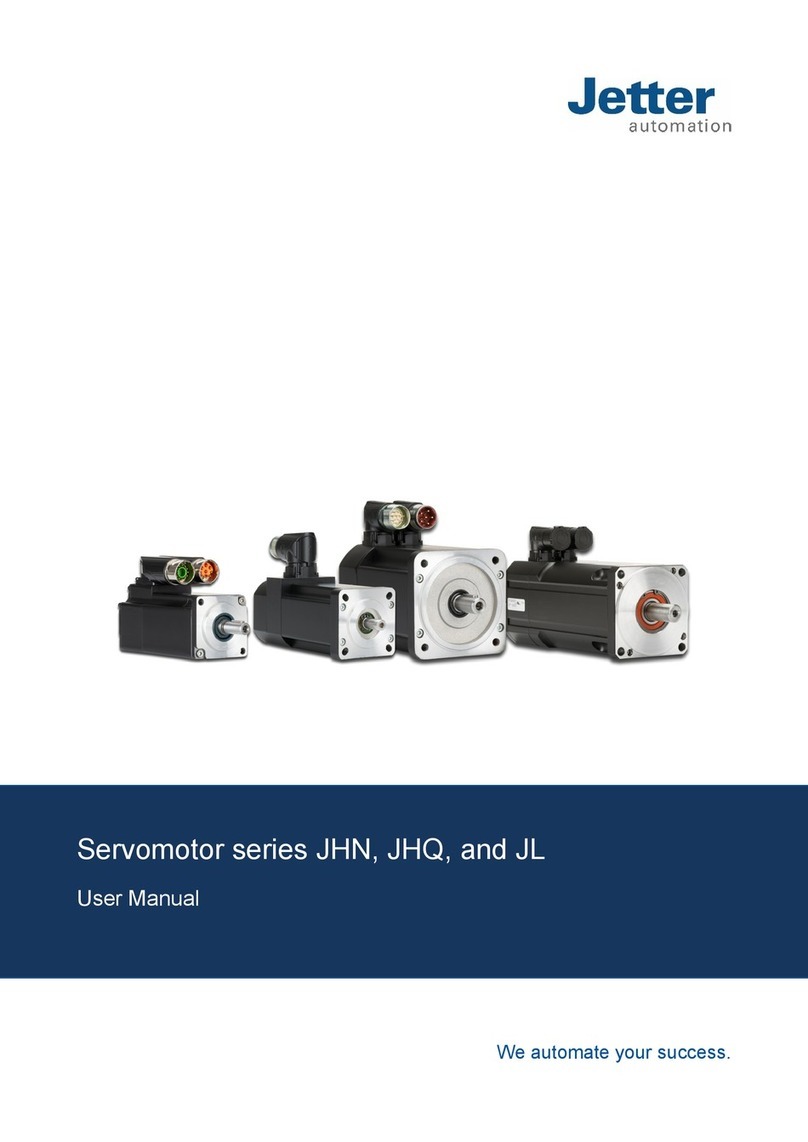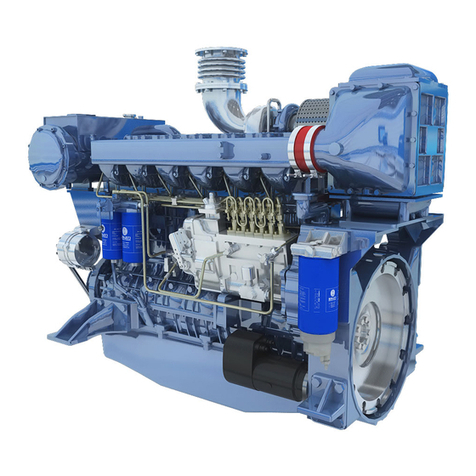Vemco EB21R Series Assembly instructions

ATEX
ATEX
Installation, operating and maintenance instructions
Single-phase asynchronous motors with squirrel-cage rotor,
standard configuration
(translation)
Ident-Nr.: 60205045Version: 10.2017

3210.2017 60205045 6020504510.2017
1. General information
To avoid damage to the motors and the equipment they
drive, follow the instructions in the operating and main-
tenance manual. To avoid danger, observe in particular
the safety instructions which are provided separately.
Since the operating and maintenance manual, for the
sake of brevity, cannot provide specic information for
all conceivable special applications and areas with spe-
cial requirements, the operator needs to take appropri-
ate precautions during assembly.
Also observe the applicable information from
the operating and maintenance manual for
three-phase asynchronous motors!
2. Description
The motors conform to IEC 60034-1, DIN EN 60034-1
(VDE 0530-1) and additional applicable DIN standards.
Separate additional instructions apply to the following
motor modications:
– Brake motors
– Motors with separately driven fan units
– Motors with attached transmitters
3. IP code
The IP code of each motor is indicated on its rating
plate; attached additional devices may have different
IP codes from the motor; this needs to be taken into ac-
count when installing the motor. If setting up motors
(IP code ≥ IP 44) outdoors, care must be taken to
protect the motors from the immediate effects of the
weather (freezing of the fan if exposed directly to rain,
snow and ice).
4. Congurations
The conguration of each motor is indicated on its
rating plate. Use in congurations other than those
specied is only permitted after the manufacturer has
given permission and the motor has, if necessary, been
converted according to the manufacturer's instructions.
The operator must ensure, especially for congurations
with a vertical shaft, that foreign objects cannot fall into
the fan cover.
5. Transport and storage
The motors should, if possible, only be stored in en-
closed, dry spaces. Outdoor storage under a roof is only
permissible for a short time and must include protection
from adverse environmental effects. Motors must also
be protected from mechanical damage. Do not move or
store motors resting on their fan covers.
For transport, use the eye bolts on the motors in
combination with suitable lifting accessories. The eye
bolts may only be used to hoist the motor without any
attached accessories such as base plates, gear boxes
etc. If eye bolts are removed after installation, seal the
threaded holes permanently in accordance with the IP
code.
6. Installation and assembly
During the regular operation of electric motors, surface
temperatures of over 100°C can occur; for this reason,
the motors must be protected from accidental contact if
they are located in accessible areas. No temperature-
sensitive components may be attached or kept adjacent
to the motor. Keep ventilation openings and cooling
ns unobstructed, and observe the minimum distances
specied in the dimension sheets to ensure that the
cooling air can ow freely. Ensure that the warm cooling
medium that has been expelled is not drawn in again.
For congurations IMB14 and IMB34, make sure not
to exceed the maximum usable depth of engagement
specied in the catalogue (damage to the coil!). The
feather key in the shaft is protected by the shaft pro-
tection sleeve for transport and storage only; do not
put the motor into operation or perform a test run with
the feather key protected only by the shaft protection
sleeve, due to the risk of the feather key being ejected.
When mounting the transmission element (such as a
coupling, pinion, or belt pulley), use mounting devices or
heat up the part to be mounted. For mounting, the shaft
extensions have centring devices with threaded holes in
accordance with DIN 332 part 2. Ensure that transmis-
sion elements cannot collide with the shaft; otherwise,
the shaft, bearing and other parts of the motor may be
damaged. All elements that will be attached to the shaft
extension require careful dynamic balancing according
to the balancing system of the motor (full/half feather
key). The rotors of the motors are balanced with a half
key; this is indicated on the rating plate with the letter H
after the type designation. Motors with the letter F after
the type designation are balanced with a full feather
key. The motors must be installed free from vibration, if
possible. Special instructions apply to motors in low-
vibration congurations. After assembly is complete,
the operator must make sure that movable parts are
protected and that operational safety is ensured.
If the motor is coupled directly to the machine it drives,
the alignment must be particularly precise. The axes of
both machines must be in line. To adjust the axis height
of the machine being driven, use appropriate shimming.
Belt drives put relatively large radial loads on the motor.
With regard to belt drive sizing, in addition to following
the regulations and calculation programs of the belt
manufacturers, also make sure that belt pull and belt
pre-tension do not exceed the maximum radial force
at the shaft extension of the motor according to our
specications. During assembly, the belt pre-tension in
particular must be adjusted exactly according to the belt
manufacturer's instructions.
English (translation)

3210.2017 60205045 6020504510.2017
7. Insulation check and bearing replacement
When rst putting into operation and especially after
longer storage, test the insulation resistance of the coil
against chassis ground and between the phases. Do
not apply more than 500 V. During and directly after the
measurement, there will be dangerous voltages at the
terminals. Do not touch the terminals under any circum-
stances; follow the operating manual of the insulation
tester exactly! Based on the nominal voltage UNand a
coil temperature of 25°C, the following minimum values
must be achieved:
If the values are below the minimum values, the coil
needs to be dried properly until the insulation resistance
corresponds to the required value. After a storage time
of four years, the bearings must be replaced with new
ones of the same type.
8. Putting the motor into operation
Make absolutely sure to observe all safety instructions.
Work on the motor only if it has been de-energised.
The installation must be carried out by properly trained
personnel in compliance with the applicable regula-
tions. First, compare the mains power properties
(voltage and frequency) to the specications on
the rating plate of the motor. The dimensions of the
connecting cables must be adequate for the nominal
currents of the motor.
The designation of the connection points of the motor
corresponds to DIN EN 60034 part 8. Item 16 in this
manual shows the most common circuit diagrams used
for the connection of single-phase motors in their basic
conguration. For other congurations, special circuit
diagrams are supplied which are either afxed to the
terminal box lid or otherwise included. For the connec-
tion of auxiliary and safety devices (e.g. separate fans)
an additional terminal box can be provided, which is
subject to the same regulations as the main terminal
box.
The motors must operate with overcurrent protection
adjusted to 1.05 times the nominal motor specications.
Otherwise, no warranty claims can be made for coil
damage. Before switching on the motor for the rst time,
it is advisable to check the insulation resistance be-
tween coil and chassis ground and between the phases
(see section 7). After prolonged storage, this insulation
test is absolutely required. Before coupling the work
machine to the motor, check the rotational direction of
the motor to prevent damage to the drive motor. The
table below species the permissible fastening torque
for the terminal board bolts:
Before closing the terminal box, it is absolutely
necessary to check that:
– The connection has been made in accordance with
the connection diagram.
– All terminal box connections have been tightened
securely.
– All minimum clearance values have been kept (at
least 8 mm up to 500 V, at least 14 mm up to 1 000 V).
– The interior of the terminal box is clean and free from
foreign objects.
– Unused cable entry points have been sealed and the
screw plugs with gaskets have been tightly fastened.
– The gasket in the terminal box lid is clean and all seal-
ing surfaces are in proper condition in compliance with
the IP code.
Before switching on the motor, check to ensure that
all safety regulations have been adhered to, that the
machine has been properly installed and aligned, that
all fastening parts and earth connections are tightly fas-
tened, that the additional devices and accessories are
functional and properly connected, and that the feather
key of any second shaft extension is protected against
being ejected.
Switch on the motor without load, if possible. If it runs
quietly and without abnormal noise, add the load of the
driven machine. When putting the motor into operation,
it is advisable to monitor the electric current input when
the motor is loaded with the driven machine to ensure
that any overload is recognised early. Observe the
safety instruction both during the operation of the motor
and when switching it off.
9. Maintenance
Observe all safety instructions, in particular regarding
disconnection, securing isolation, and proving dead of
all parts connected to a power source.
When disconnecting the motor from the mains for
maintenance work, make sure to also disconnect any
auxiliary electric circuits, e.g. standstill heaters, sepa-
rate fans, brakes, etc.
If the motor needs to be dismantled for maintenance,
the sealant at the centring anges needs to be re-
moved; during re-assembly, a suitable motor sealant
must be re-applied. Any copper sealing washers must
always be re-installed.
Terminal board 16 A
Connecting bolt thread M4
Permissible fastening torque in Nm 1.2 + 0.5
Nominal power PN[kW] 0.06 < PN< 2.2
Insulation resistance relative to nominal
voltage kΩ/V 6.3

English (translation)
410.2017 60205045
10. Bearings and lubrication
The roller bearings of the motors in standard con gurati-
on are lubricated by the bearing manufacturer (or at the
factory) using roller bearing grease in accordance with
DIN 51825 as shown in the following table:
At full capacity, the lubricant quality permits running
the motor for approximately 10 000 operating hours for
2-pole con gurations and 20000 operating hours for
multi-pole con gurations without replacing the roller
bearing lubricant, unless agreed otherwise. The speci-
ed number of operating hours only applies to operation
at nominal rotational speed.
11. Draining Condensate (optional)
At sites where condensation and the formation of
condensate inside the motor must be expected, the
accumulated condensate needs to be drained at regular
intervals using the condensate drainage opening at the
lowest point of the bearing shield; when done, the open-
ing must be closed again.
12. Cleaning
To ensure the effectiveness of the air cooling, all parts
of the motor need to be cleaned regularly. Usually,
cleaning with compressed air (water-free and oil free)
is suf cient. In particular the ventilation openings and
spaces between the ns need to be kept clean. It is rec-
ommended to include the electric motors in the regular
inspections of the driven machine.
13. Motors with PTC resistors (TPM)
Continuity testing of the PTC resistor sensor circuit with
test lamp, magneto or similar is strictly prohibited, since
this would lead to the immediate destruction of the sen-
sor. If an additional measurement of the cold resistance
(at approx. 20°C) of the sensor circuit is necessary,
the measurement voltage may not exceed 2.5 V DC.
It is recommended that the measurement be carried
out using a Wheatstone bridge with a supply voltage of
4.5 V DC. The cold resistance of the sensor circuit may
not exceed 810 Ω. A measurement of hot resistance is
not required. For motors with thermal coil protection,
precautions need to be taken to ensure that after the
thermal coil protection has responded and after the mo-
tor has cooled down, an unintentional automatic restart
will not cause any danger.
14. Warranty, repair, spare parts
Our authorised repair shops are responsible for repairs
under warranty, unless expressly agreed otherwise.
They can also perform any other repair work that may
become necessary in a professional manner. For infor-
mation about how our customer service works, please
contact the factory. Proper maintenance as speci ed in
the Maintenance section does not count as tampering
under the terms of the warranty. It therefore does not
release the factory from its agreed obligations under the
warranty.
15. Electromagnetic compatibility
The compliance of the motors as dependent compo-
nents with the EMC standards has been veri ed. The
system operator is responsible for ensuring by means of
suitable measures that devices or entire systems meet
the relevant electromagnetic compatibility standards.
16. Terminal socket connections
(standard con guration):
Connection of tripping unit:
done according to the connection diagram
of the tripping unit.
Do not apply voltages greater than 2.5 V!
Motor with PTC resistor:
(terminal socket connection as shown on the left)
Counter-clockwiseClockwise
Check that all terminal connections are rmly seated before putting the machine into operation!
From
motor
Type series Lubricating
grease
Lubricating
grease base
Squirrel-cage motors
IEC/DIN 56 – 132T and
Transnorm 56 –100 Asonic GLY 32
or
Multemp SRL
Lithium soap
Motors with separate
fans
Brake motors
English (translation)

VEM GmbH
Pirnaer Landstraße 176
01257 Dresden
Germany
VEM Sales
Low voltage department
Fon +49 3943 68-3127
Fax +49 3943 68-2440
E-mail: low-voltage@vem-group.com
High voltage department
Fon +49 351 208-3237
Fax +49 351 208-1108
E-mail: high-voltage@vem-group.com
Drive systems department
Fon +49 351 208-1154
Fax +49 351 208-1185
E-mail: drive-systems@vem-group.com
VEM Service
Fon +49 351 208-3237
Fax +49 351 208-1108
E-mail: service@vem-group.com
www.vem-group.com
© 2017 Juniks Marketing GmbH
VEM-EMT-2017-10-EN
This manual suits for next models
5
Other Vemco Engine manuals

